Scott Oldford – Low Ticket Mastery Workshop
Original price was: $197.00.$59.00Current price is: $59.00.
Description
 Scott Oldford – Low Ticket Mastery Workshop
Scott Oldford – Low Ticket Mastery Workshop
In 2016, I did my first live challenge…
It generated me $320,000, at a time when that was a LOT of money. That was me tasting the power of live challenges. But I haven’t done any since 2017.
Fast forward to 2020…
I’ve helped thousands of entrepreneurs scale their businesses past 6 figures, 7 figures, and even 8 figures in that period.
A lot has changed in those few years. One day I had a thought…
“What if I could condense what I knew into 5 days… and allowed people to quickly get a detailed look at the principles behind my work.”
That’s when I launched my low-ticket 5-Day Marketing and Sales Workshop for the first time.
Even though I made a few mistakes (and it was in the middle of the pandemic)… it turned out to be a million-dollar launch,
Since then, I’ve done a few stress-free, low-ticket workshops and generated near 8 figures in revenue while still finding time to take 5 months off last year.
In this post, we’re going to dive deep into that launch of my first low-ticket workshop. What did I do right? What mistakes did I make? We’re going to see what results I got and plenty of other things, as well.
If you want to watch over my shoulder as I show you exactly how I built my recent Skip the Pitch Workshop and see step-by-step what I did and what results I got, click here to watch this exclusive behind-the-scenes video series.
You’ll also get all the emails I sent and other resources, too.
It’s a mini course from my premium membership. It won’t be available for free forever.
Click here to get it for free.
The Million Dollar Workshop – What happened
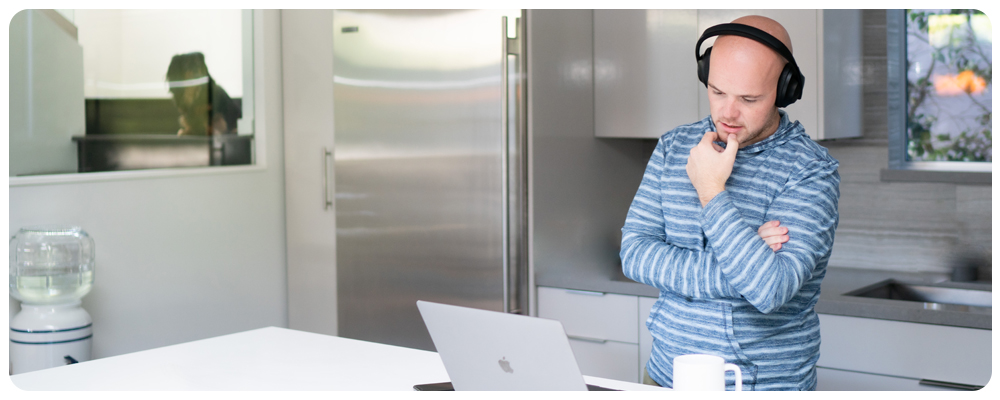
To give you more context, the launch happened in May 2020.
I decided to do a paid challenge for this launch. I had done a challenge a few years earlier when I did one for my Leadcraft course (in 2016 as I mentioned). That one did $320k in the first launch and over a million in the second one, but it was a free challenge, so this was something a little bit new for me.
I was inspired to create it after the successes of a few of my students who had used them to generate sales for their high-ticket programs.
So I thought it would be fun to try it out. I didn’t make an overly complicated plan.
I started following the launch process I shared in this post… and in less than a month the product was ready and the launch was concluded.
As I told you, I love to create and share things fast.
So let me share what happened from the beginning till the end and tell you all about the results, including the good and the bad.
If you prefer to watch this in video format, here’s a breakdown video of me going through this launch and what happened…
Should You Do a Challenge or a Workshop?
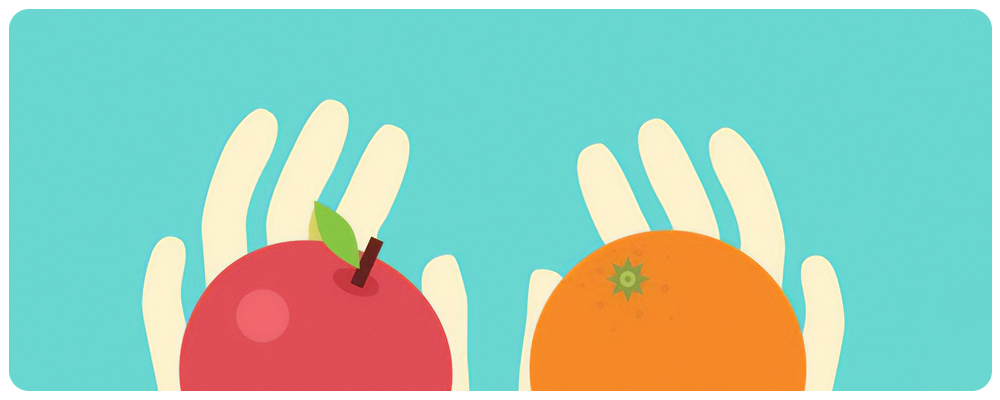
One of the first questions I had in mind was whether I should do a challenge or a workshop.
So at first, I was thinking about making it a challenge.
But as I thought about it more, I came to the conclusion that it’d be a little bit hard to sell people a challenge for $95 and only show up for 10-15 minutes.
I could do it, and they would be able to get powerful advice that could help them grow their business, but it wouldn’t be enough value.
Also, people who I’m influential to are tired of those fake challenges; they want more.
So I started asking myself how I could make them feel like they received ten times the value of what they paid. I knew they wouldn’t make $1,000 right away, but I still wanted to make them feel like they received $1,000 worth of value that could help them scale their business.
That’s when I came across the idea of doing a workshop, where I would create a more intense experience that would be more beneficial to the people who joined.
It would provide them with a lot of info to help them scale their business to the next level.
Goals and Timeline of This Launch
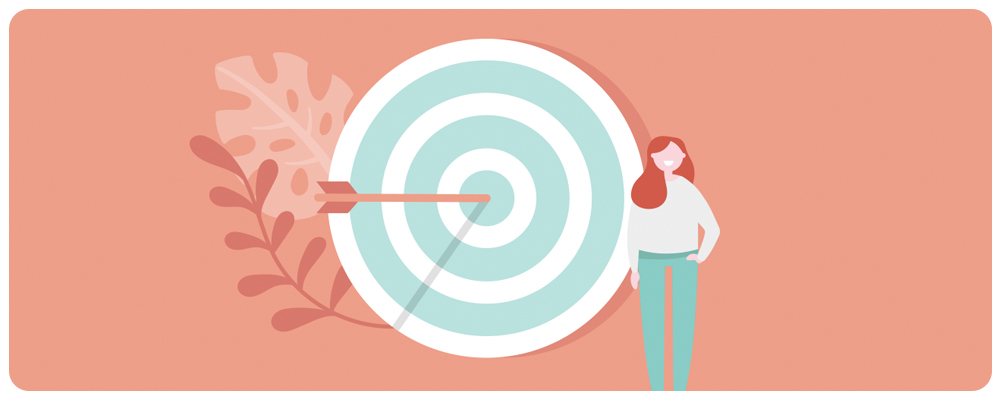
At the beginning of the launch, I had two goals:
- Get 600 people to purchase
- Make $250,000 in backend sales
In the beginning, before I did any detailed planning, I thought this would be a little bit out of reach, but I wanted to go for it. So these were my goals for this launch, but I didn’t have a solid idea of how it would go.
Needless to say… it was an ambitious experiment.
Here’s what the timeline of this launch looked like:
The promotion of the workshop part of the event started on May 7 and ended May 18.
The workshop day zero was on May 18, which was an introduction to what I was going to cover, and May 19th was the first day of the five-day workshop.
On May 23, the last day of the workshop, I opened up applications for my mentorship program, and I stopped accepting applications on June 5th.
The promotion for the event itself started on May 7 in the Facebook group, and on May 9 the ads and emails to promote the event were live.
The last-minute urgency campaign ran from May 15 to May 18, and that’s when I got most of my sales, as you’ll see below.
Sales Pages and Upsell Sequence Results – The Good and the Bad
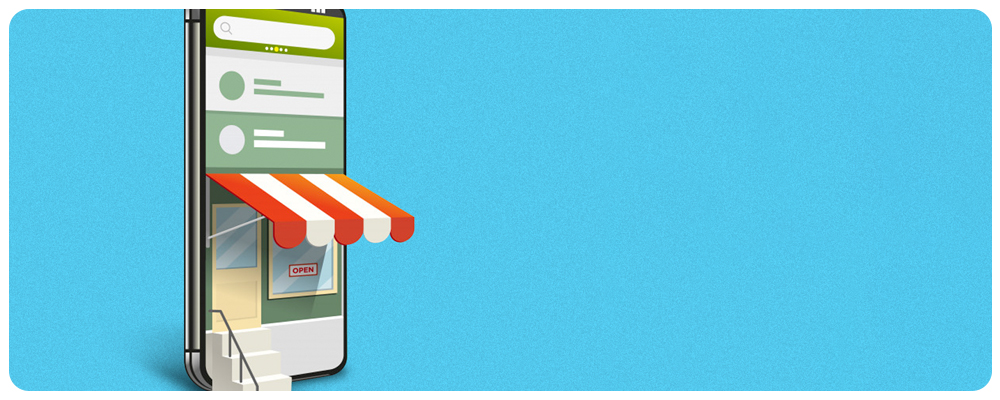
So, the sales page for the workshop did well considering that I didn’t have testimonials specific to this product, because it was new. I messed up the upsells, and I’m going to discuss that later, but first let’s talk about the results.
Here are some of the stats for visits and conversion rate:
- Visits to the sales page: 7,800 unique visits
- Checkout page visits: 1,012 visits
- Number of people who signed up: 611 purchases
- Conversion rate: 7.8%
The checkout page didn’t convert as well as I wanted it to, and part of that is again due to the testimonials not being present.
Adding a chat feature on the checkout page, which offers a convenient way to start conversations for people who are unsure of themselves, is a great way to increase the conversion rate.
Now let’s get into the upsell sequence and what people saw when they purchased the product.
#1. An order bump
One thing that I tested out and didn’t expect would do so well is adding an order bump (where people could add products to their order) on the check out page.
The offer was the seven-day cash campaign.
It’s a product that I offer to help people generate sales from their current list. The offer on this checkout page was for $49.
Here are the stats for this offer:
- People who took the order pump: 343 people
- Revenue generated: $16,807
More than half the people who purchased the workshop added this offer to their order. I was super happy with that result, which earned an extra $16,807.
#2. Q&A upsell:
The upsell offer they saw after the purchase was a Q&A after each session.
- People who bought this upsell: 21
- Revenue generated: $987 – Refunded later
I didn’t explain it well enough, and I didn’t think that was in alignment with what I do, so I ended up refunding those people their money and I instead made the Q&A available for everyone who bought the main product.
#3. Omnipresence in 7 Days upsell:
The next upsell was the Omnipresence in 7 Days course.
- People who bought this upsell: 34
- Revenue generated: $6,698
Revenue-wise, it was okay, but obviously I think it could have been better because the number of people who took this offer was very low.
#4. The Nuclear Effect Product:
I also had a $297 upsell for the Nuclear Effect product.
- People who bought this upsell: 22
- Revenue generated: $6,534
Same with Omnipresence in 7 Days. It did well revenue-wise, but only twenty-two people bought it, so there was room for improvement here…
Average value of customers:
Adding the values up, the average value of customers before they attended the workshop was $145.
It was a solid number, but again there was room for improvement…
Thank you page after signup:
The thank you page after the sequence was just a call to action to join the Facebook group.
I think I could have done better, like including links to schedule the event or adding a form where people could add their questions, and retarget those people more after that.
What I decided to change
The decision I made then was to keep the order pump, remove other upsells, and create new ones that were between $49 and $149.
I learned that I needed to make better sales pages for the upsells… and make it easy for them to make the decision and know if the product in question is the right thing for them or not.
For the main sales page:
I changed the branding to be less about the ROI method and more about me teaching online marketing and sales.
So I changed it to be The Online Marketing and Sales Workshop, not the ROI Method Online Marketing & Sales Workshop.
The main reason for this change is people may not be familiar with the ROI method yet. It’s better to introduce it on day zero.
And of course, I added testimonials from people who had purchased the relevant product all over the page, which helps prove that it works and makes it an easier sell.
Another thing I did was remove the Daily Shift mindset course, which was a little bit overwhelming, and people didn’t check it out anyway.
I already made those changes, by the way, and tested more things in the next launch till I made it evergreen.
Sales Volume – When Did the Sales Happen?
Now that you know the big numbers on the front end…
I want to break down the sales volume so that you can know how many sales I generated each day, which may give you some indication as to what things might look like for you.
- May 7th: 28
- May 8th: 51
- May 9th: 106
- May 10th: 126
- May 11th: 140
- May 14th: 180
- May 16th: 288
- May 17th: 309
- May 18th: 470
- May 19th – Morning: 606
- + 5 stragglers
As you can see, up till the last three days, the numbers were far away from what I was targeting. But my sales nearly doubled in those last three days.
For many people who are launching for the first time, they might be discouraged when they see the sales in the first few days, but you have to understand that most of the sales come near the end.
That’s why I suggest you increase promotion in the last forty-eight hours.
I’ve done dozens of launches myself and I’ve overseen hundreds of my students’ launches, that’s why I know this pattern. And I don’t do any of those scarcity tactics where you add a last-minute bonus.
It was just me talking about it more so that everyone knows what it is and that the workshop is about to start.
To be honest, you may get a spike of sales during the first few days if you do a good job in the build hype/context phase, which I didn’t do.
It might have made some difference if I had increased my post frequency a few days before starting the promotion process.
Promotion – Results and the Issues I Faced
I’m sure you’re waiting for this…
The structure of my promotion,
Sales I generated from organic and paid traffic…
And what worked well and what didn’t.
Let’s get to the juicy stuff first, how much sales I generated from paid ads vs. other sources.
From organic posts on FB, emails, and referrals, I generated 294 sales.
Using paid ads, I was able to get 317 purchases.
The cost of purchase was around $75.83 per purchase. That’s great considering that customer value was around $145 per customer, but remember that those are all warm people.
The promotion using ads started on May 7, and I was retargeting all the warm people in my audience. I did this for a week until May 14.
After that, I paused the ads and I was retargeting people who opened the emails or who visited the page because they were more interested and it makes sense to focus on retargeting those people.
Essentially, these were triggered campaigns that started whenever someone visited the page, and during the last three days, it was purely trigger campaigns for people who showed interest.
The main issue I had with my ads was deliverability.
I couldn’t scale my campaigns at first and most of the sales were mainly from retargeting people who visited.
I didn’t start getting my ads delivered until I changed the bidding to a ridiculous amount of money that made Facebook see that I was willing to outbid everybody, and that’s when my ads started to be shown faster.
The timeline was limited, unlike evergreen, of course, and I didn’t do much planning.
That’s why it was all about creating ads, seeing what worked and pausing the ones that didn’t. This helped me generate data that helped me when I started to run it in evergreen.
Other stats you may be interested in…
- Desktop ads generated the most sales but having a mobile+desktop combination performed well.
- Instagram ads didn’t do well.
- Getting sales from the US and UK was three times cheaper than Australia or Canada,
- Some ad sets ended costing us more than $200 per purchase in Australia & Canada.
For organic:
- On the Facebook group, I was publishing about it two times per day.
- On email, it was one to two times per day.
- Instagram was more like one post every two days because I know that it was more for Sidewalkers, so it wouldn’t convert much.
Content During the Workshop and After
So the workshop itself was five days, as I mentioned previously. But there was an introductory session before the workshop started, so it was really six days of content.
In every session, I talked about a specific topic and then had a Q&A at the end for forty-five minutes where I answered questions from people who attended. The application process started on day 5, as I’ll show you in the next section.
I was emailing people once or twice per day to make sure they checked out the content and to provide extra value.
After the workshop ended, I was still sending content to them which was mainly:
- Value
- Testimonials
- Motivation
- Stories
- Authority
I wasn’t pitching or anything. It was more about providing value in the two weeks after the workshop was finished.
One thing that did really well to provide value and make people submit their testimonials is to do a hot seat post for a few of the people who submitted their testimonials on a form that I created.
It made collecting testimonials so easy, and I was providing people with value in the process.
Sales Structure in the Backend
Now you know all the numbers and what happened on the front end.
Let’s get to the part where we talk about the backend and how this workshop ended up making me over one million dollars in revenue.
In the beginning, I was just planning to upsell people to my course for $997 or twelve payments of $97.
But on day zero people were already starting conversations, and they were asking me how they could work with me.
This made me change my plan at the end, and make people submit their application and then decide which program/mentorship choice is better based on their business.
Basically, I asked them in the middle of the application in what capacity they would want to work with me to help them scale their business and they told me exactly what to sell them.
I had a lot of conversations as well because I already added my phone number to the workshop info.
I know one-on-one conversations aren’t scalable, but these are the things that generate the most revenue.
So the application process started on the fifth day of the workshop:
I had over 100 applications in twenty-four hours.
Sixty more were submitted in the two weeks after.
Once someone submitted the application and I looked it over…
I then sent a message to them and told them what was best for them (while keeping what they shared with me in mind).
I had four different offers ranging from a course to working with me one-on-one.
I created a simple Google Doc for each one of these offers, which I sent to people after I told them what was best for them.
My response was always customized for every person.
Some I couldn’t help, and I didn’t send them any info about my product because I didn’t think it was the best thing for them, at least for the time being.
That’s why I always say it isn’t me pitching to them, it’s me deciding whether it’s a good opportunity for them to work with me and whether I want to work with them or not.
I didn’t do any phone calls at all during this launch. The most I did was a forty-five-second voice note.
That’s how I was able to generate $250k in the backend in less than twenty-four hours, which was my goal…
And ended up doing over a million dollars in revenue, which was more than I imagined.
When you take into account the numbers from the front end profits, the average revenue per customer was around $1,800/person for those who purchased the workshop.
So if it costs me $300 to acquire someone to purchase the workshop, I would be super happy and I’d have enough profits to scale it even faster.
The question now is how to do it for your business…
Creating Your Successful Low-Ticket Workshop (Watch Me Do It Step-By-Step)
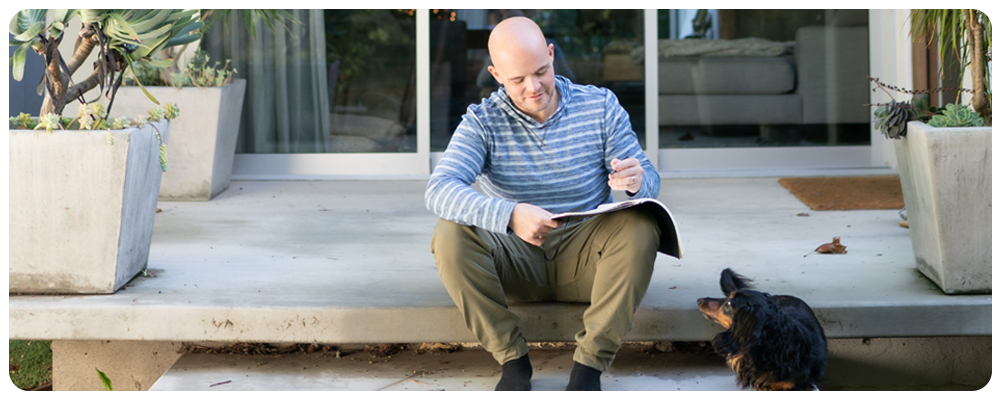
Creating a low-ticket workshop isn’t for everyone.
But for the right business… this might be the right catalyst to help you scale your business…
And most importantly, have stress free launches that are fun.
This post wasn’t meant to give you exactly what to do, because every business is different.
Instead, you got to see exactly what I did and how it turned out to be a success even though it wasn’t completely right.
If you want to see a step-by-step walkthrough of me executing my recent launch, then click here to get it for free.
You’ll also get all the emails I sent…
You’ll see what worked and what didn’t…
And much more.
Proof Content
 Sale page: https://scottoldford.com/2021/07/23/low-ticket-mastery/
Sale page: https://scottoldford.com/2021/07/23/low-ticket-mastery/
Archive: https://archive.ph/wip/NYe6Q
Delivery Method
– After your purchase, you’ll see a View your orders link which goes to the Downloads page. Here, you can download all the files associated with your order.
– Downloads are available once your payment is confirmed, we’ll also send you a download notification email separate from any transaction notification emails you receive from imcourse.net.
– Since it is a digital copy, our suggestion is to download and save it to your hard drive. In case the link is broken for any reason, please contact us and we will resend the new download link.
– If you cannot find the download link, please don’t worry about that. We will update and notify you as soon as possible at 8:00 AM – 8:00 PM (UTC+8).
Thank You For Shopping With Us!


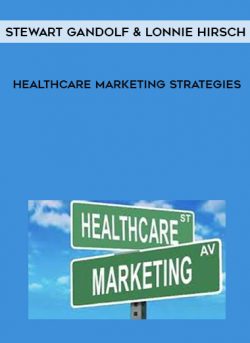
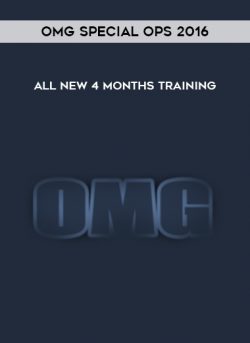
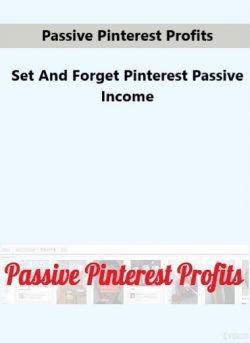
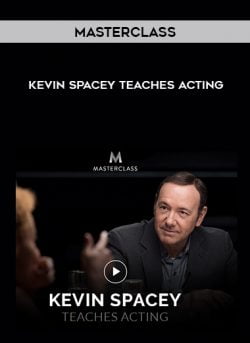


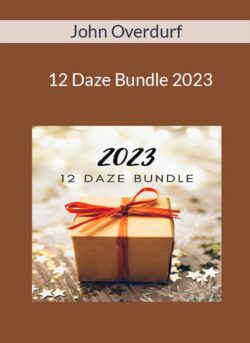


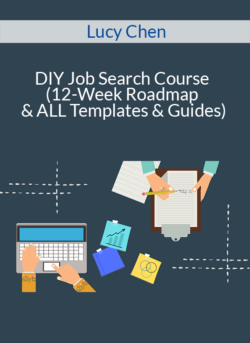

Zane (verified owner) –
The course was very thorough and detailed.
Kimberly Lewis (verified owner) –
The content was engaging and easy to follow.
Julia Alexander (verified owner) –
The instructor was very knowledgeable and approachable.
Tyler (verified owner) –
I appreciated the hands-on approach to learning.
Zohar (verified owner) –
Very fast delivery.
Zachary Cook (verified owner) –
The course was very informative and well-structured.